The best lenses for the Canon EOS R100: budget buys for your budget Canon camera
What are the best lenses for the Canon EOS R100? I reckon these are the perfect pairings for this powerhouse beginner camera!
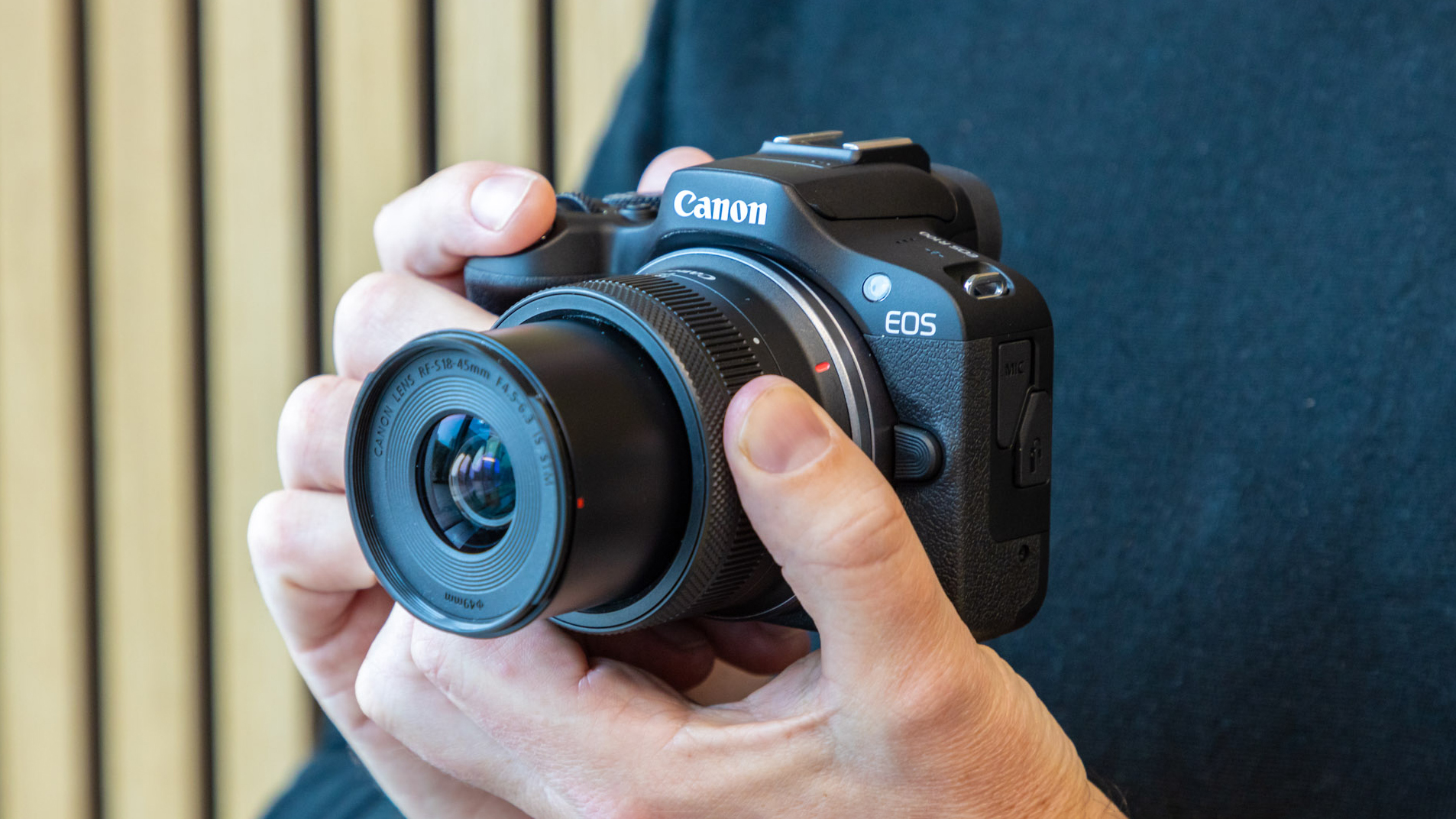
I really do think that picking the best lenses for the Canon EOS R100 will not only help you get the most out of the camera, it will ensure that your skills keep developing once you start to master your craft.
Yes, the EOS R100 is one of the best cameras for beginners – but it's also a very powerful photographic tool! I'm constantly amazed at the quality of images it produces, and it's possible to achieve genuinely professional results. So it really is crucial to choose the best lenses for the Canon EOS R100 to take you through your photographic journey. Buy the right lens today and it will still serve you well in years to come.
Some of the lenses on my list are RF lenses and some are RF-S lenses. Both of them work perfectly on the EOS R100, but the difference is simple: RF lenses are designed for Canon's full-frame mirrorless cameras, so they're generally bigger and heavier, while RF-S lenses are designed for APS-C cameras like the R100, so they're smaller and lighter (and often have image stabilization).
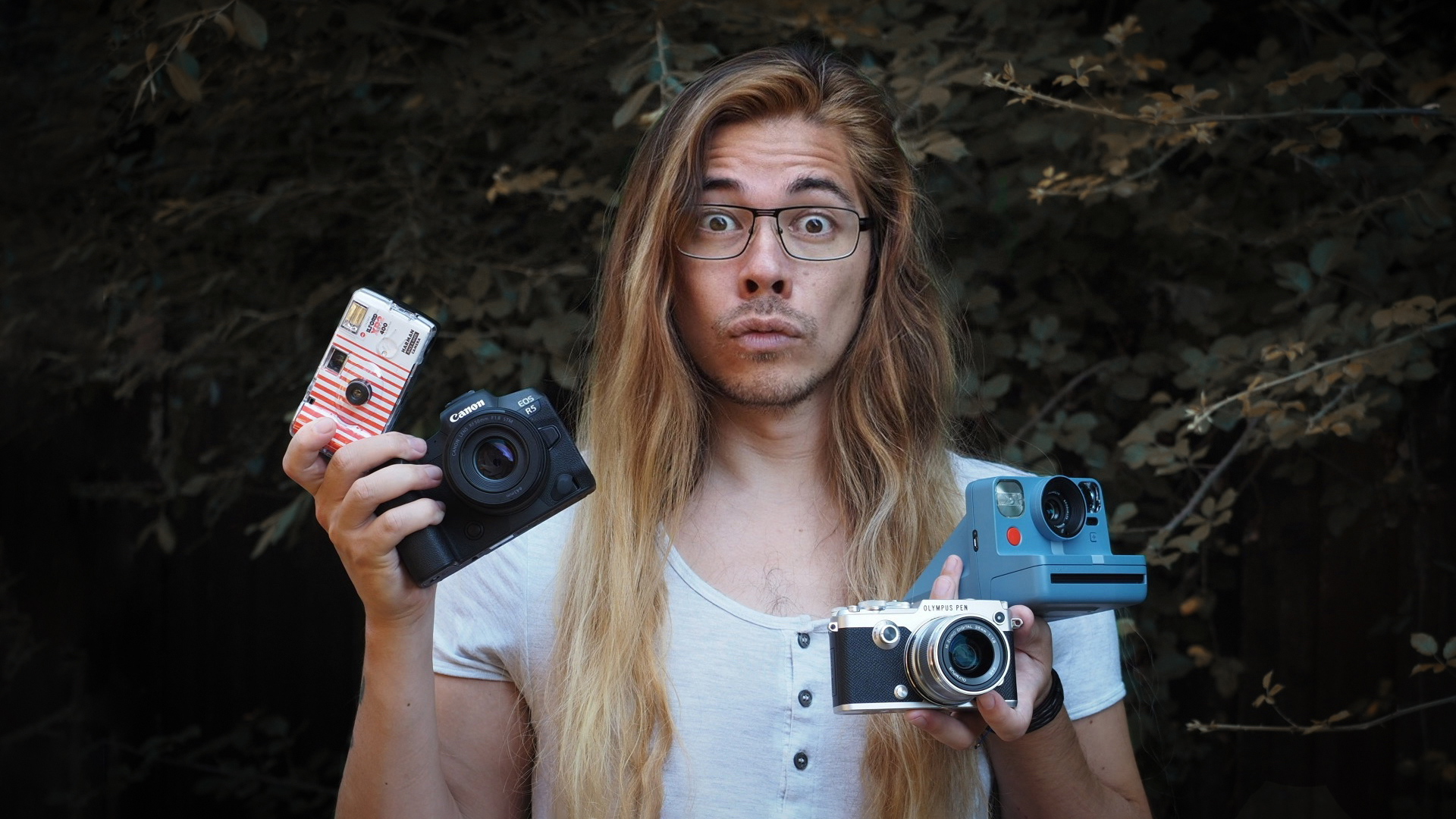
The editor of Digital Camera World, James has over 20 years’ experience as a journalist and started working in the photographic industry in 2014 (as an assistant to Damian McGillicuddy, who succeeded David Bailey as Principal Photographer for Olympus). He has a wealth of knowledge about cameras of all makes, but Canon is one of his preferred systems for everyday shooting, which means he’s always keen to try out new Canon lenses.
The Quick List
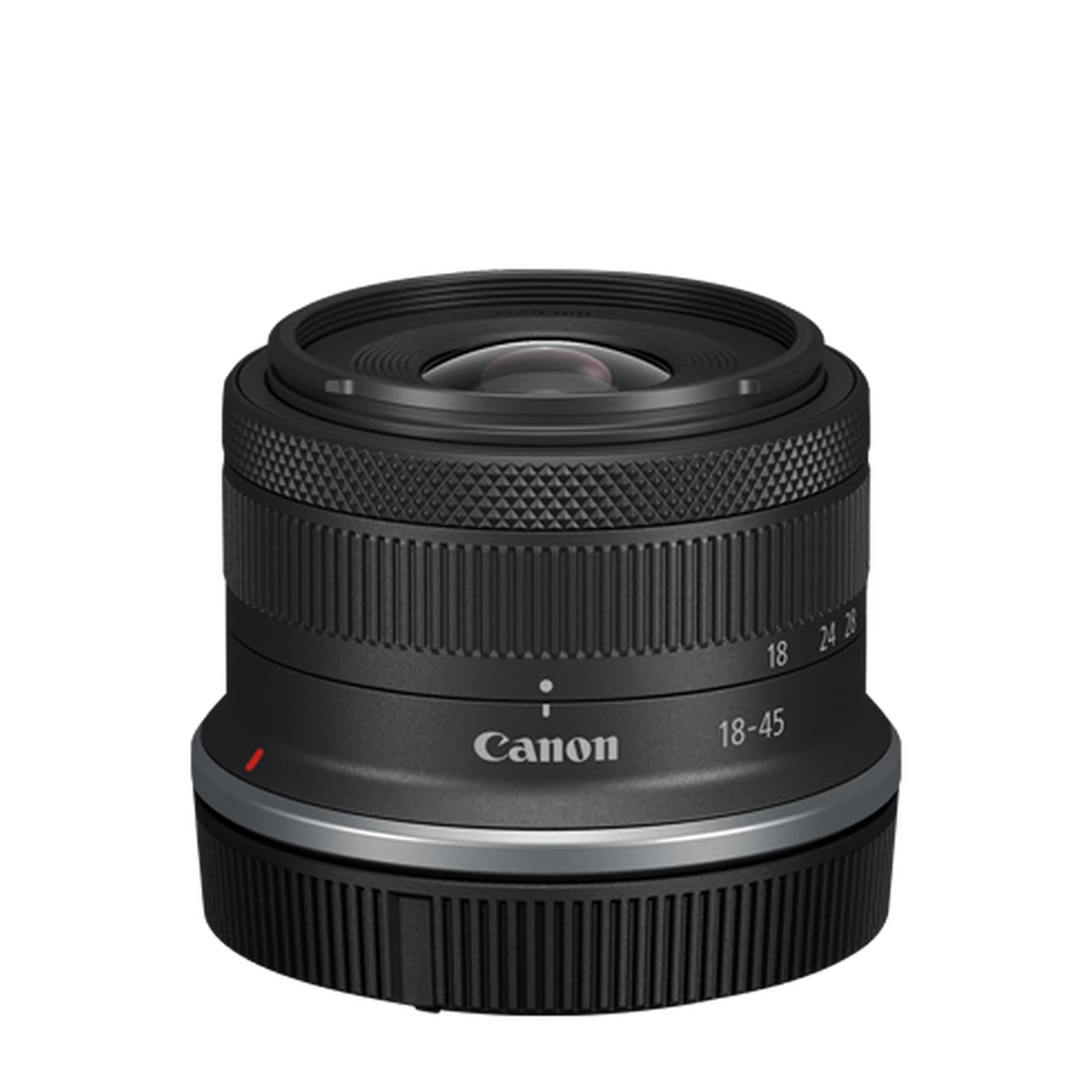
This is the perfect first lens for the R100 for most people: it's small and light, and can cope with a variety of shooting situations. Read more below…
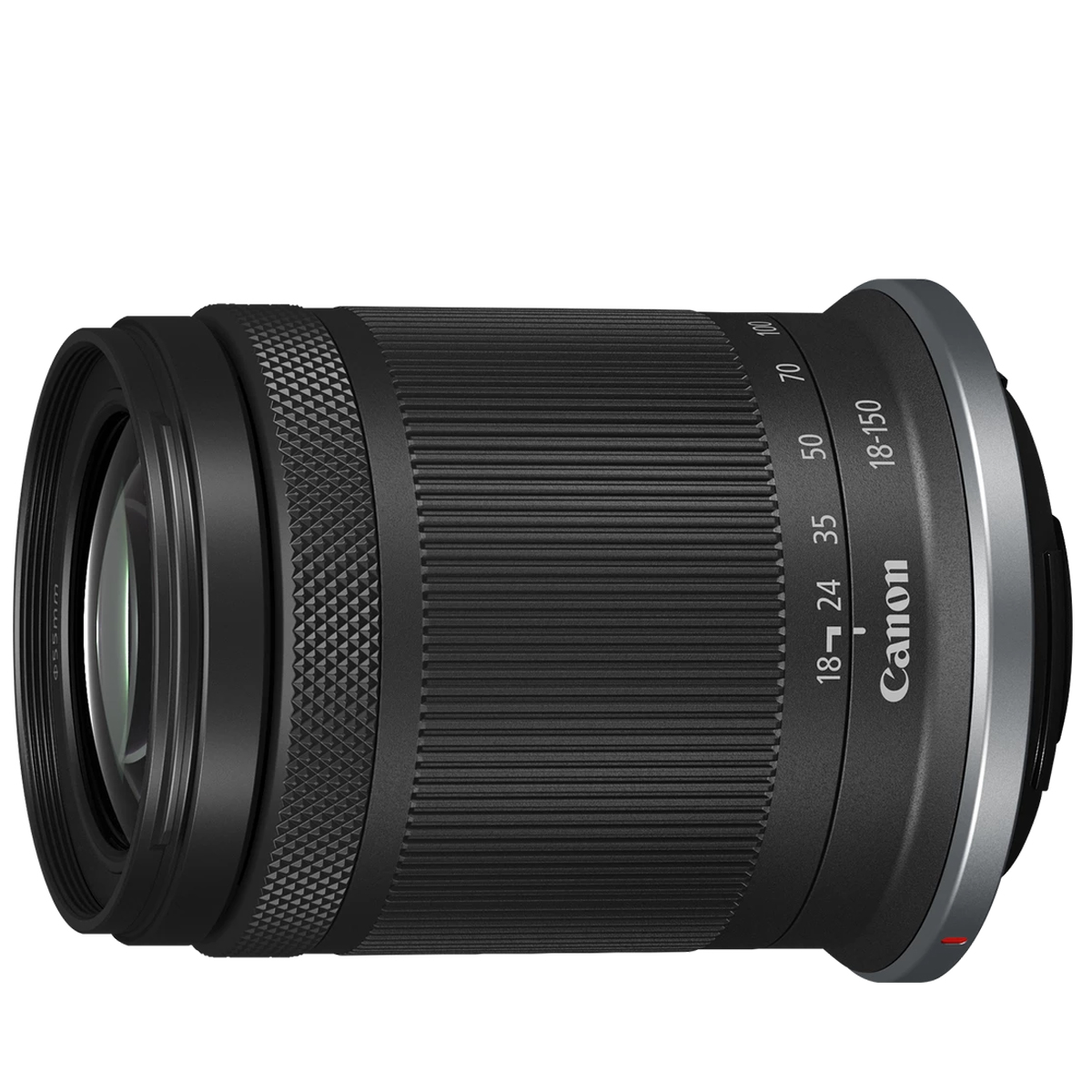
With the crop factor of the R100, this lens can handle everything from landscapes to wildlife without ever needing to change lens. Read more below…
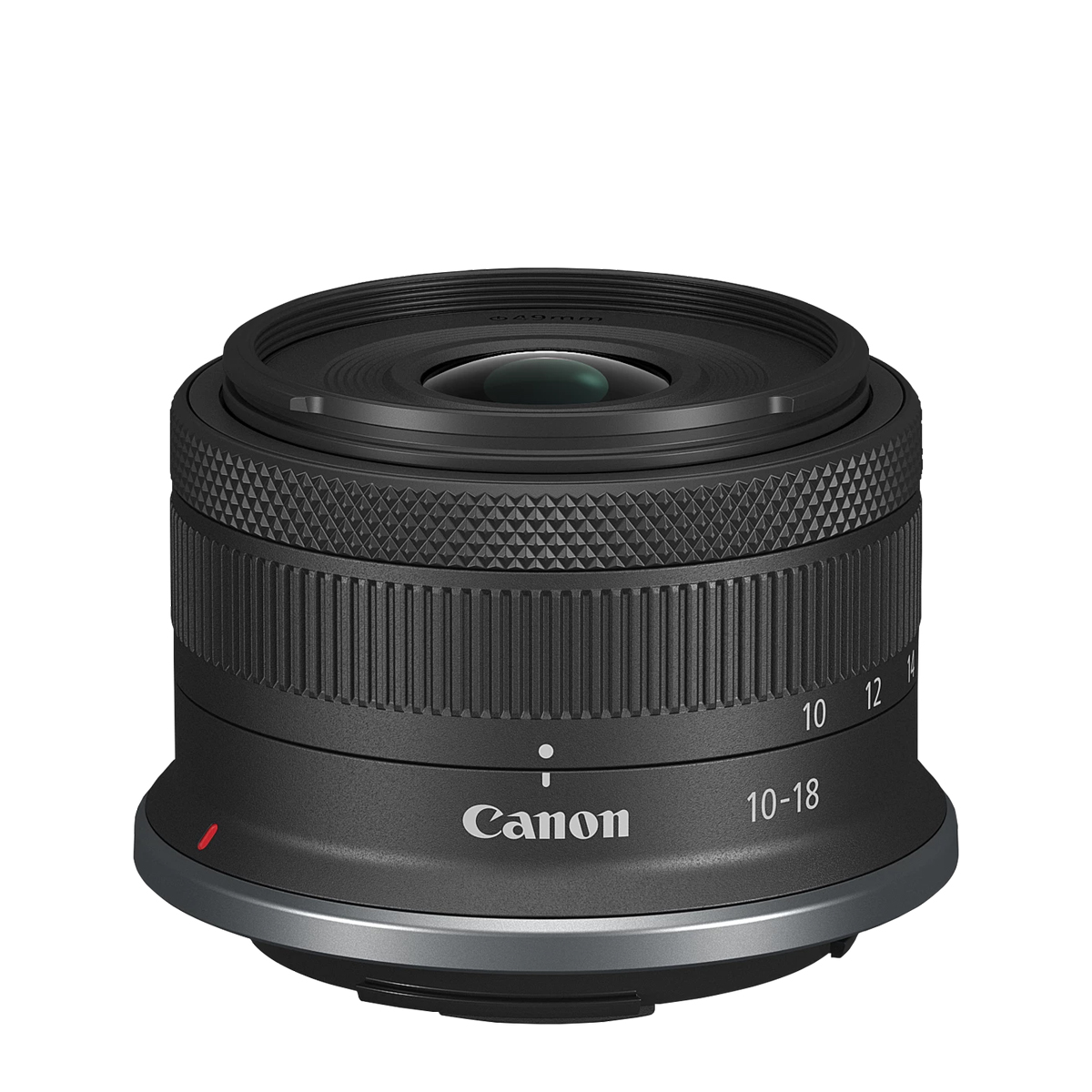
This lens is great for widescreen scenes, whether that’s a mountain range or you recording a vlog for streaming. Read more below…
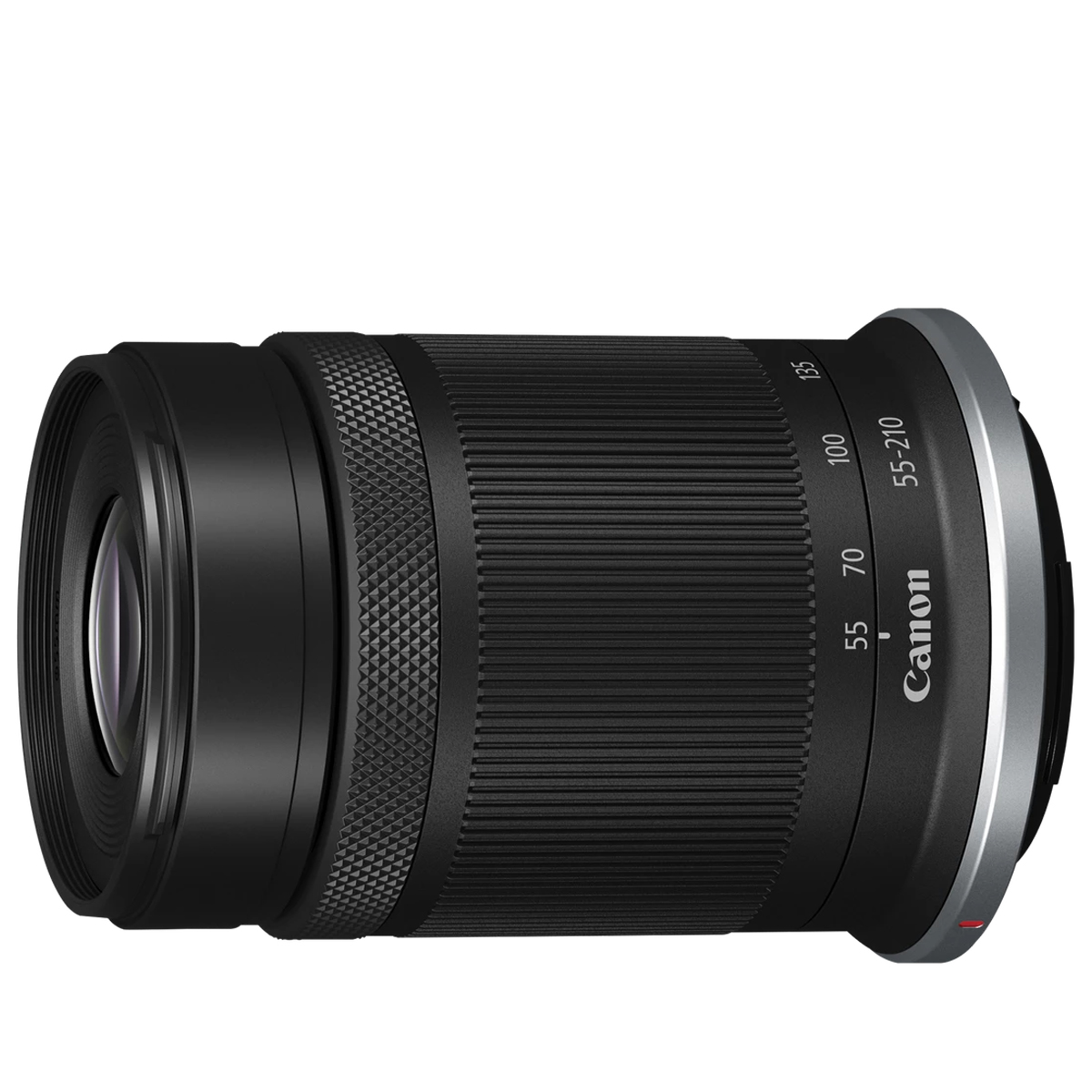
When you need to capture your subject from a distance, this telephoto zoom will get you close to the action. Read more below…
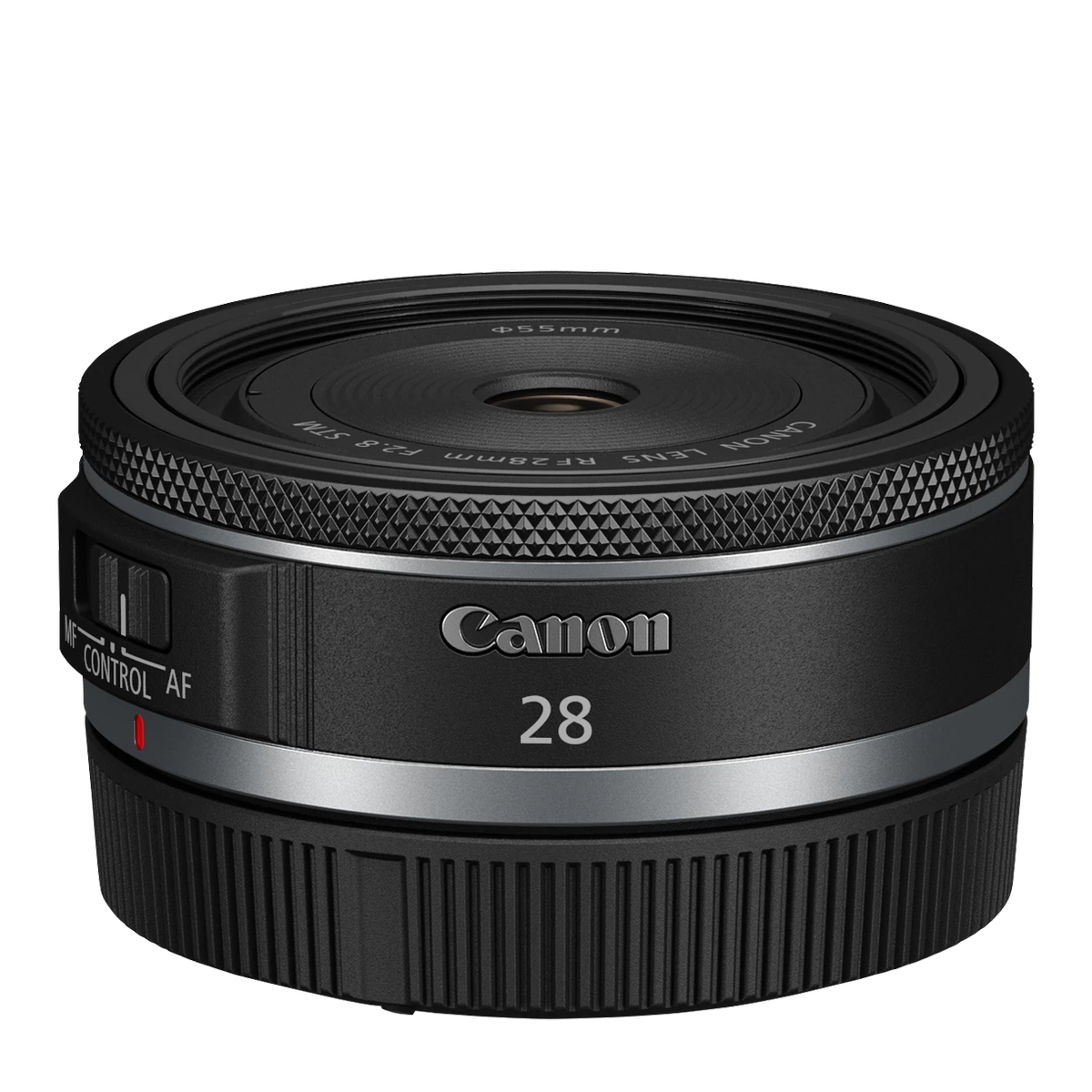
The R100 is a small camera, so sometimes you just want a small lens to go with it. This pancake design hardly takes up any room. Read more below…
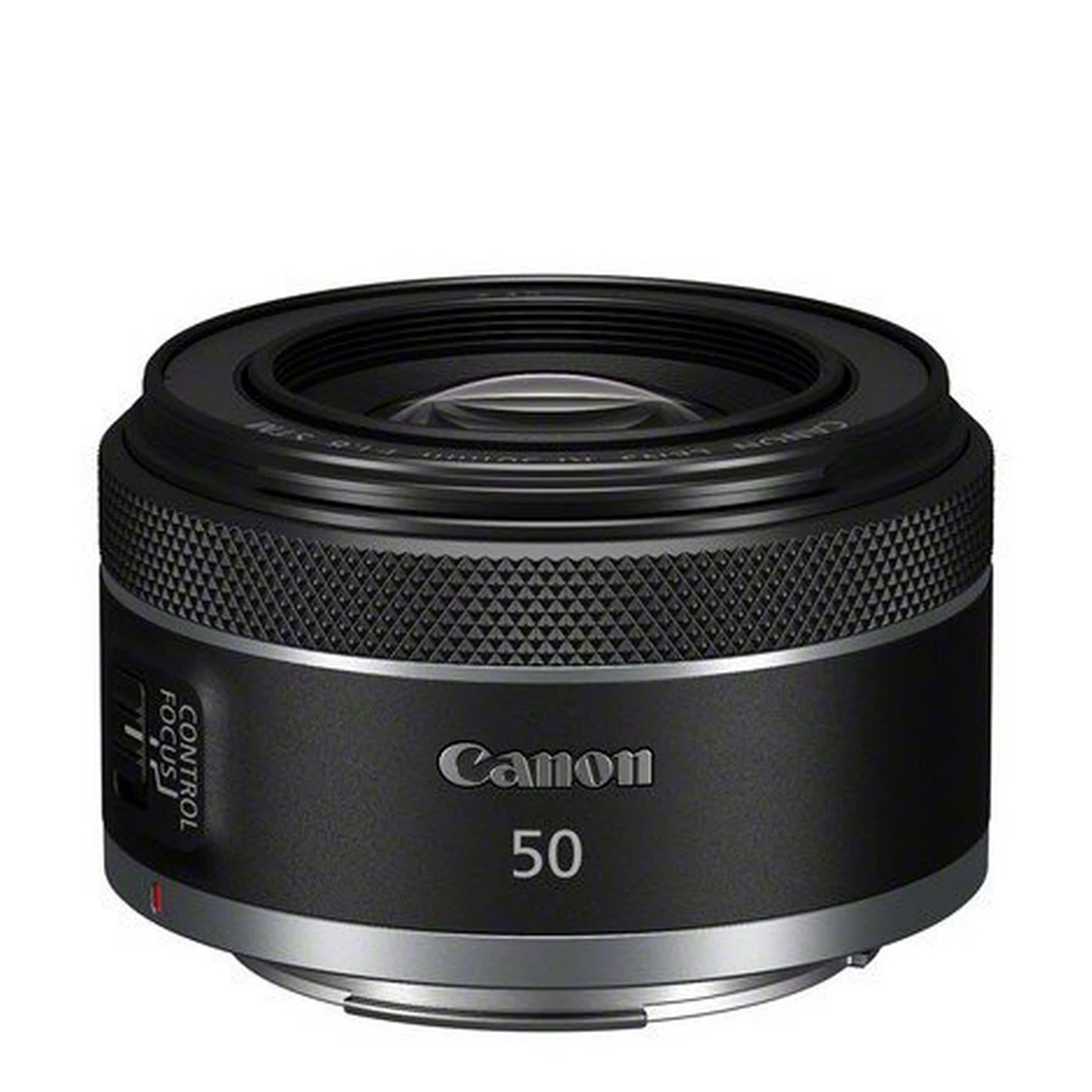
Primes like this give you the best image quality – and this one costs much less than you’d expect for the excellence of its images. Read more below…
View the full list ⤵
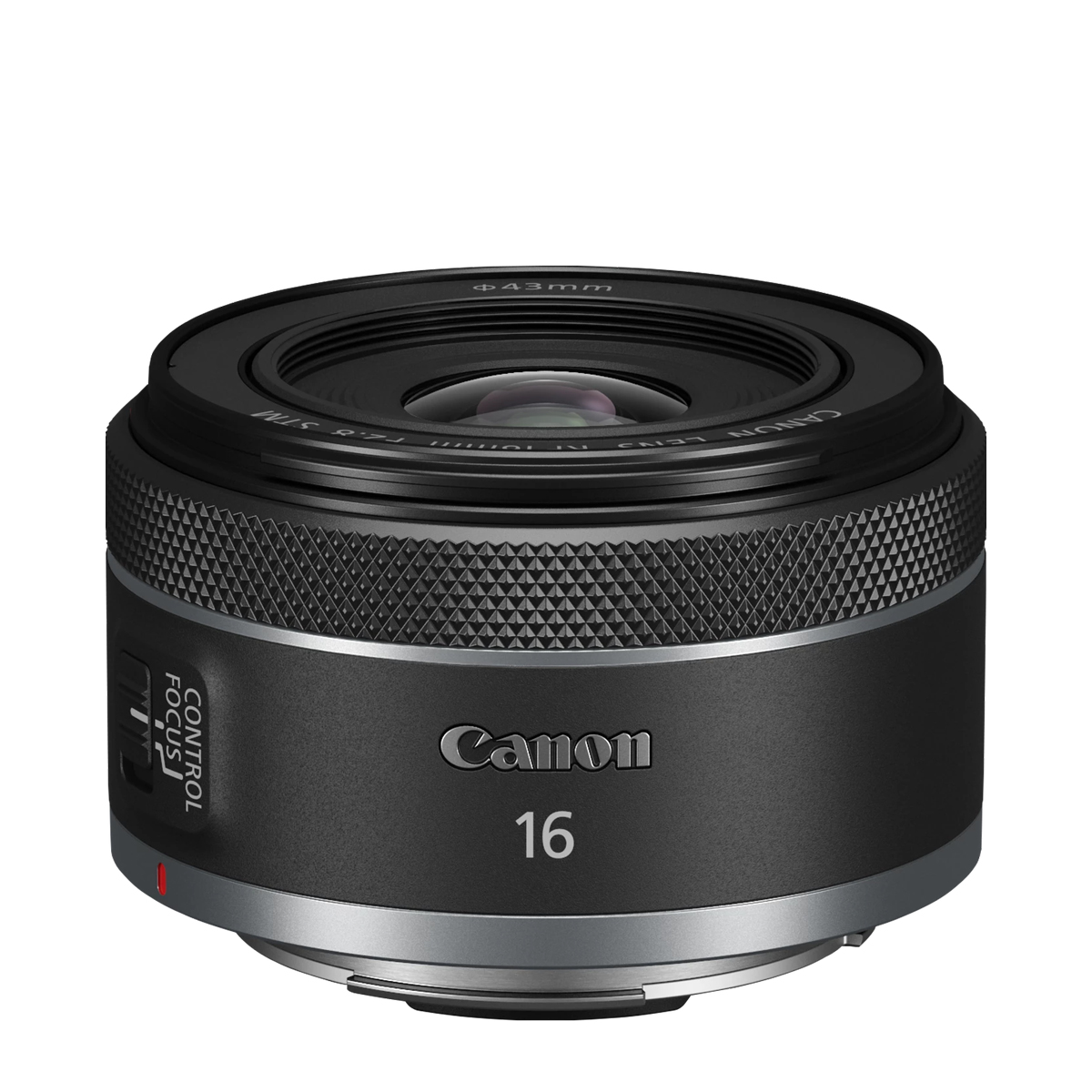
This lens is compact and delivers quality images, making it ideal for everything from street photography to night-sky shots. Read more below…
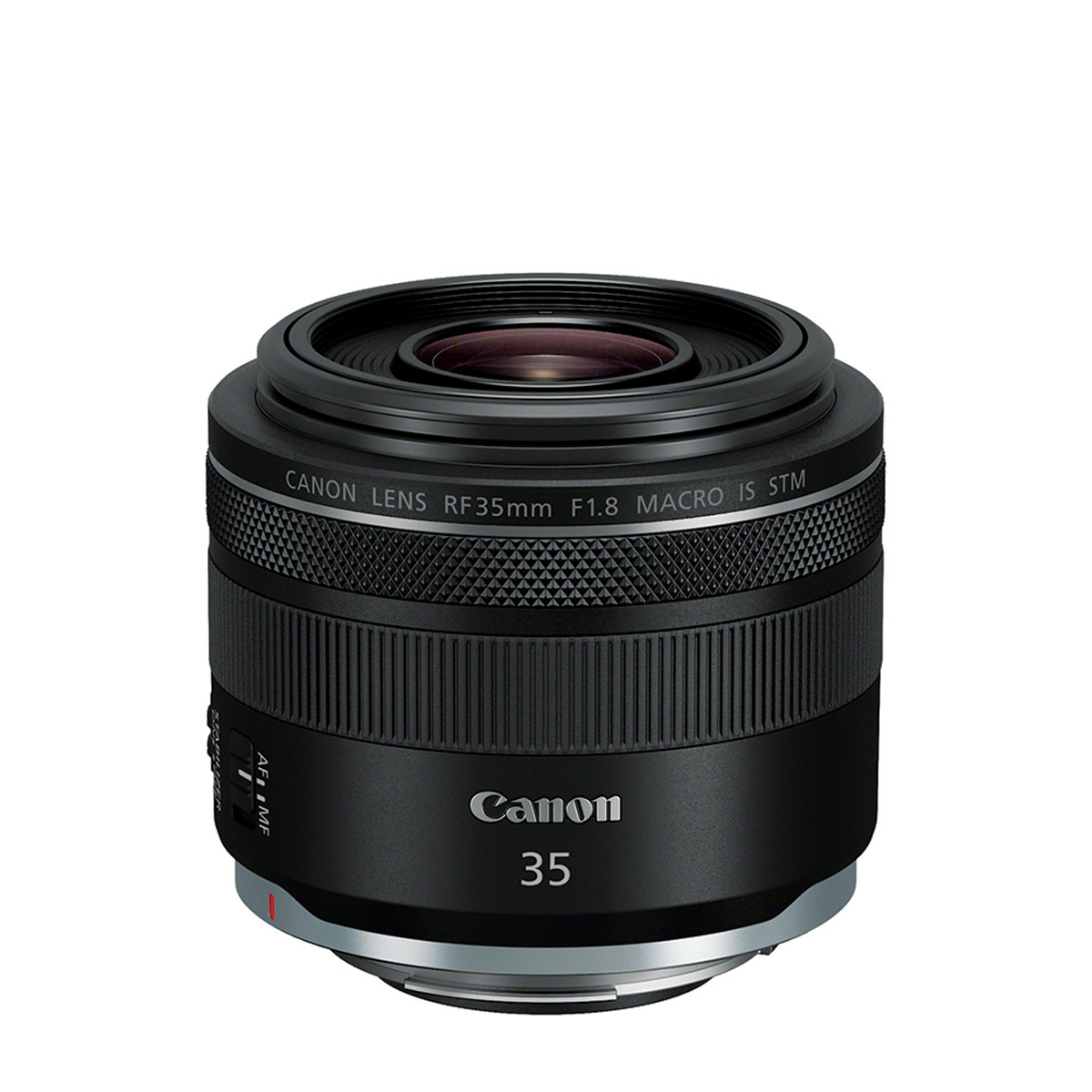
This lens has a similar angle of view to the human eye, which means it produces natural-feeling images in all sorts of situations. Read more below…
The best lenses for the Canon EOS R100
Why you can trust Digital Camera World
Best everyday lens for the R100

Specifications
Reasons to buy
Reasons to avoid
This is the standard kit lens for the Canon EOS R100, and is commonly bundled with the camera. And with good reason! I think this is the perfect starter lens for the R100: it's a small, light, versatile option for everyday stills and video shooting, with an equivalent focal range that covers 28.8-72mm.
It delivers solid image quality, fast autofocus and impressive image stabilization – which is invaluable to ensure that your shots are steady and sharp. Best of all, it's really compact, just like the EOS R100 itself, giving you a shooting setup that's small enough to stow away easily and fast enough to fire from the hip.
Read more: Canon RF-S 18-45mm f/4.5-6.3 IS STM review
Best travel lens for the R100
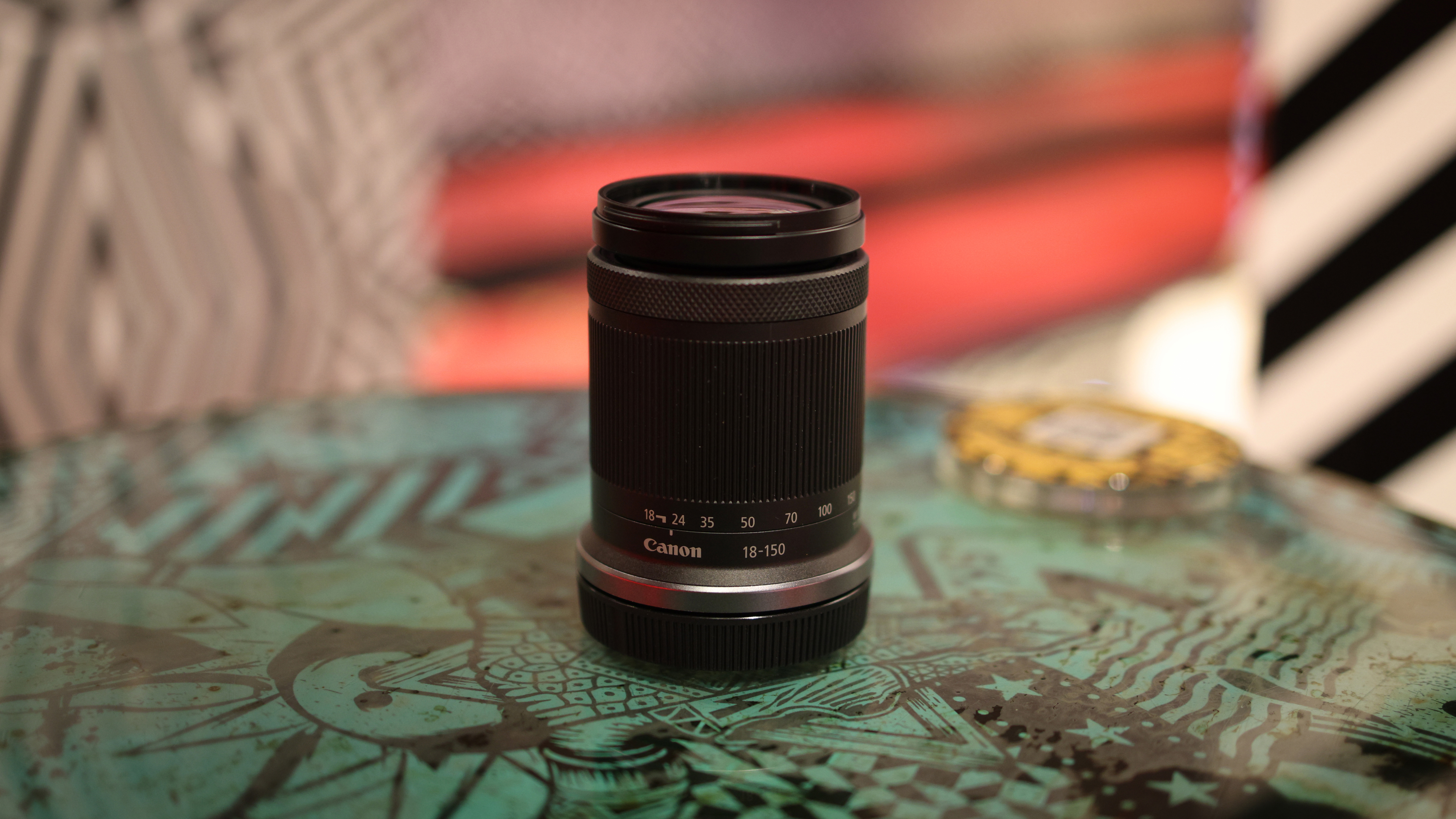
Specifications
Reasons to buy
Reasons to avoid
With a camera like the R100, you don't want to mess around changing lenses unless you have to – which is why I love the Canon RF-S 18-150mm f/3.5-6.3 IS STM, as it covers all the bases for my everyday photography and means I only need to take one lens out with me whether I'm on a photo walk or on vacation.
With an equivalent 28.8-240mm range, you might think that no lens with a focal length this broad is ever going to produce sensational image quality – but the RF-S 18-150mm performs very well for a superzoom optic and I've always been happy with the results. It's a great all-purpose, all-in-one lens for the EOS R100.
Read more: Canon RF-S 18-150mm f/3.5-6.3 IS STM review
Best landscape photography lens for the R100
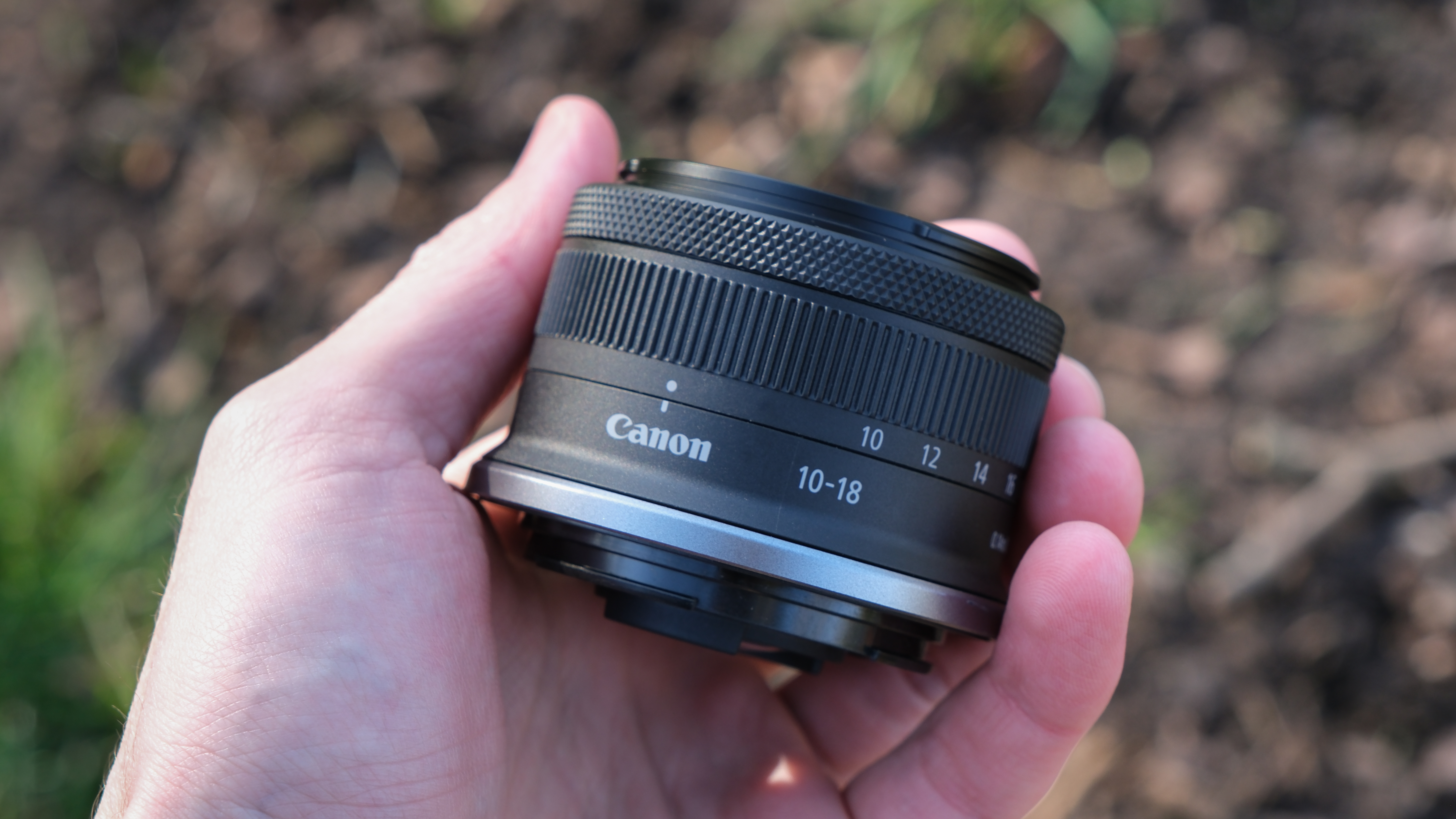
Specifications
Reasons to buy
Reasons to avoid
One of the advantages of the R100 is that the crop factor of its APS-C sensor makes lenses effectively "longer" – a 150mm lens, for example, becomes a 240mm. While this is great for wildlife photographers, who want their lenses to be as long as possible, it's a challenge for landscape photographers (as well as vloggers) as it makes it very hard to shoot wide!
That's why the RF-S 10-18mm is truly essential for anyone who needs a wide-angle lens. With an effective focal length of 16-28.8mm on the R100, this is the one to go for if you want to shoot landscapes, architecture, indoor photography, events, group shots, or video – especially vlogs, or filming pieces to camera, which is something I do a lot.
Certainly it produces quite a bit of distortion, but this is corrected in-camera for JPEGs, and it’s a couple of clicks to fix RAW files in post-production. And while its narrow aperture can be a limitation in low light conditions, and it doesn't create the blurriest backgrounds, it delivers sharp, high-contrast photos and videos.
Read more: Canon RF-S 10-18mm f/4.5-6.3 IS STM review
Best wildlife photography lens for the R100
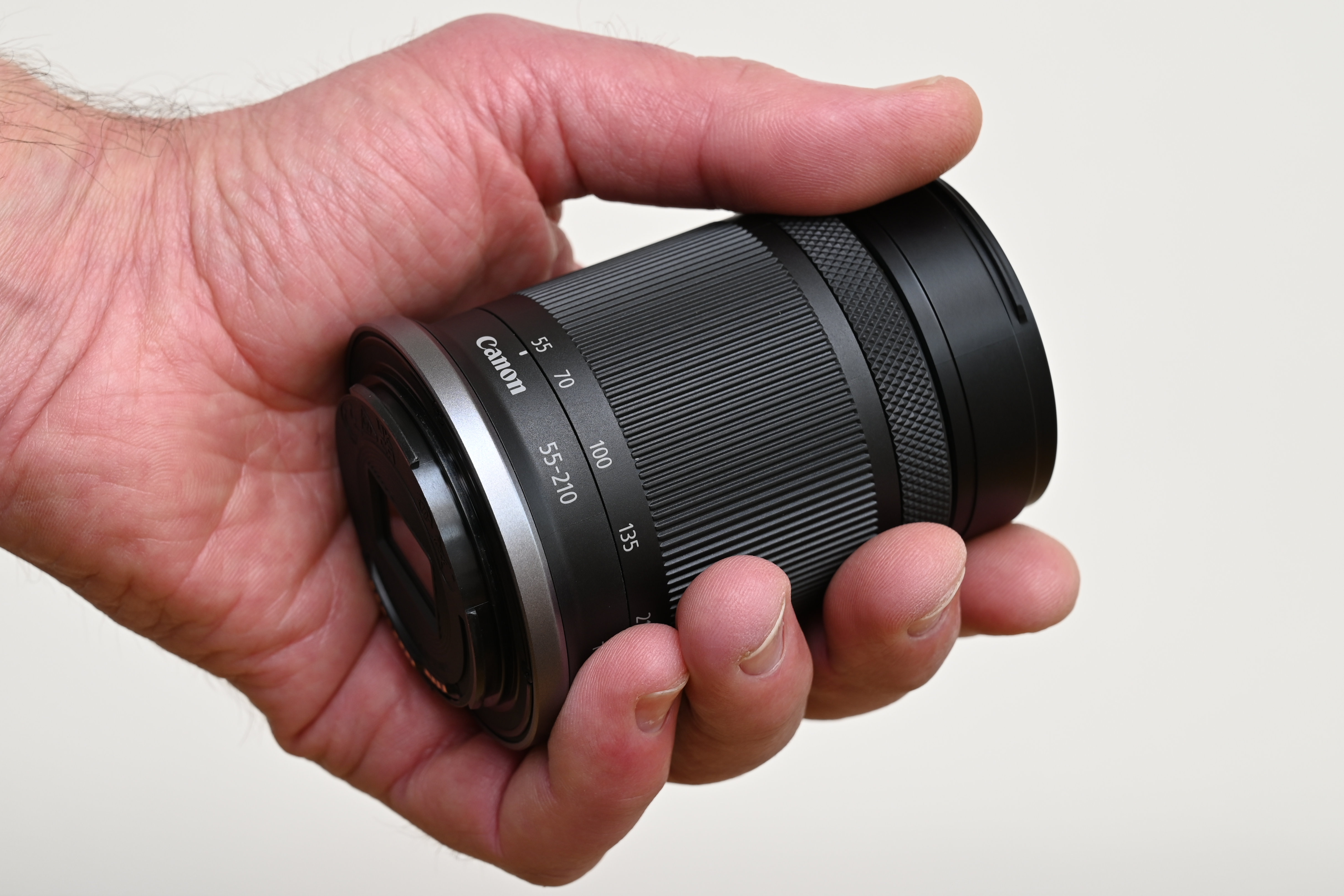
Specifications
Reasons to buy
Reasons to avoid
Want to shoot wildlife, sports, or any other subject where you need as much reach as possible? This is the lens you should put on your R100. It has an equivalent focal range of 88-336mm, which is enough to photograph the wildlife in your back yard or shoot sports from the sidelines.
In fact, even if you don't shoot wildlife or sports – perhaps especially if you don't shoot them – I think this is a lens you should seriously consider adding to your collection. Having a huge telephoto zoom range really does unlocks a whole new realm of possibility to your photography and videography, as you're no longer limited to shooting things you can physically walk up to.
This is also a great lens to have in your bag when you travel, too, as it enables you to capture those sights and monuments that are simply out of reach for your other lenses (or, indeed, your phone!). It weighs in at just 270g (9.5oz), fits in the palm of your hand, and boasts fast autofocus and highly effective stabilization. Yes, the aperture is a little on the slow side, but that's simply a trade-off for a lens this small and affordable.
Read more: Canon RF-S 55-210mm f/5-7.1 IS STM review
Best street companion for the R100
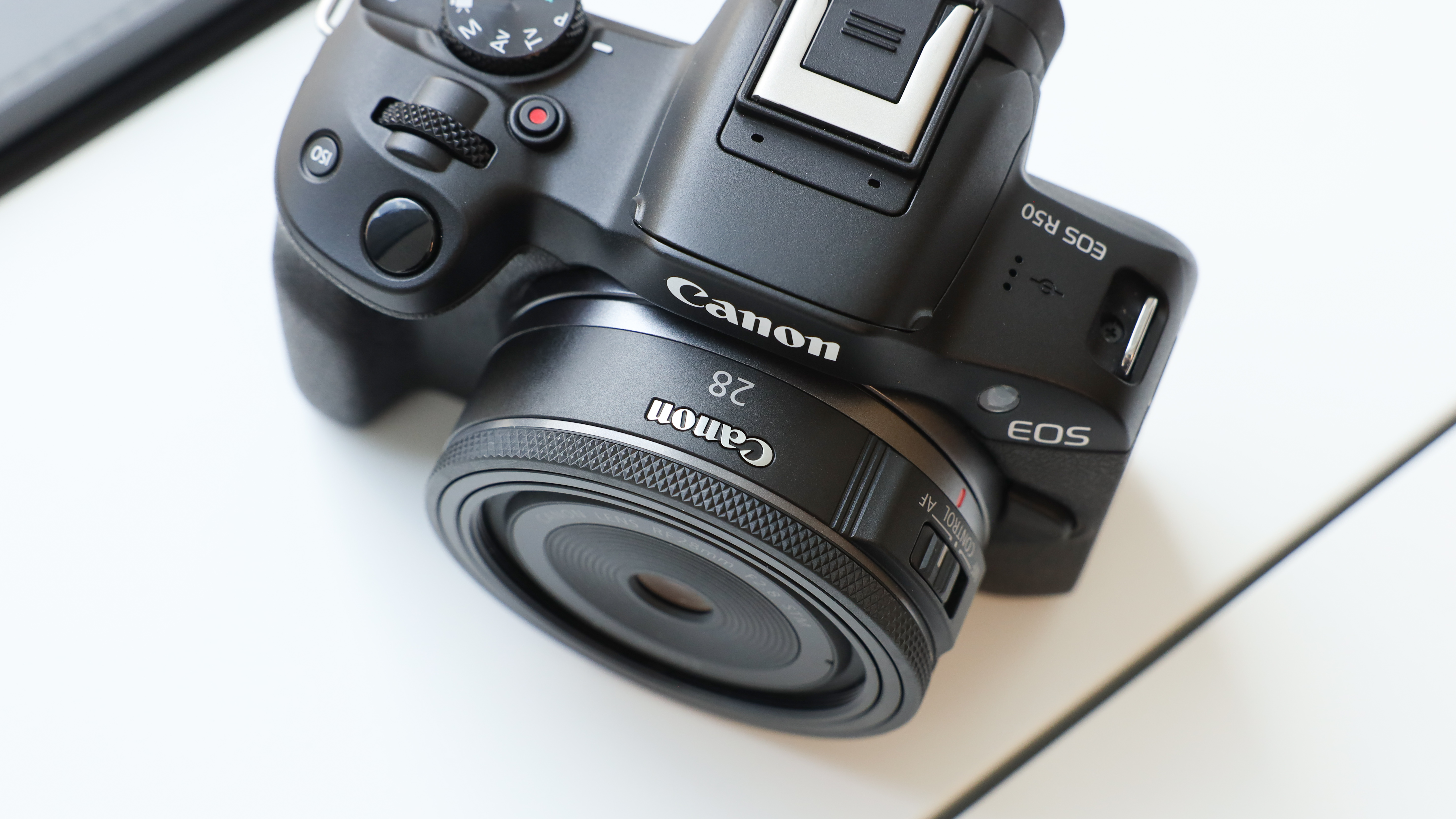
Specifications
Reasons to buy
Reasons to avoid
I. Love. This. Lens! Admittedly I'm a sucker for a super-slim pancake lens, but even the best pancake lens on a chunky full-frame camera is completely pointless. However, a pancake lens on a pocket-sized mirrorless camera is the perfect pairing – and I think the RF 28mm and the EOS R100 were made for each other. Look at the image above to see how tiny it is!
At just 24.7mm it feels completely invisible on the front of your camera, and makes the already tiny R100 feel even more discreet. The RF 28mm is more than just a cool pancake lens, though; despite its pocket-friendly size and price, it doesn't compromise on quality. It has an effective focal length of 44.8mm on the R100, so it's essentially a standard "nifty fifty" – and it's absolutely perfect for everyday photography, street shooting, half-length portraiture, travel and video.
If you want your kit to be as small and slim as possible, you really can't go wrong with this pristine pancake.
Read more: Canon RF 28mm f/2.8 STM hands-on review
Best for portraits with the R100
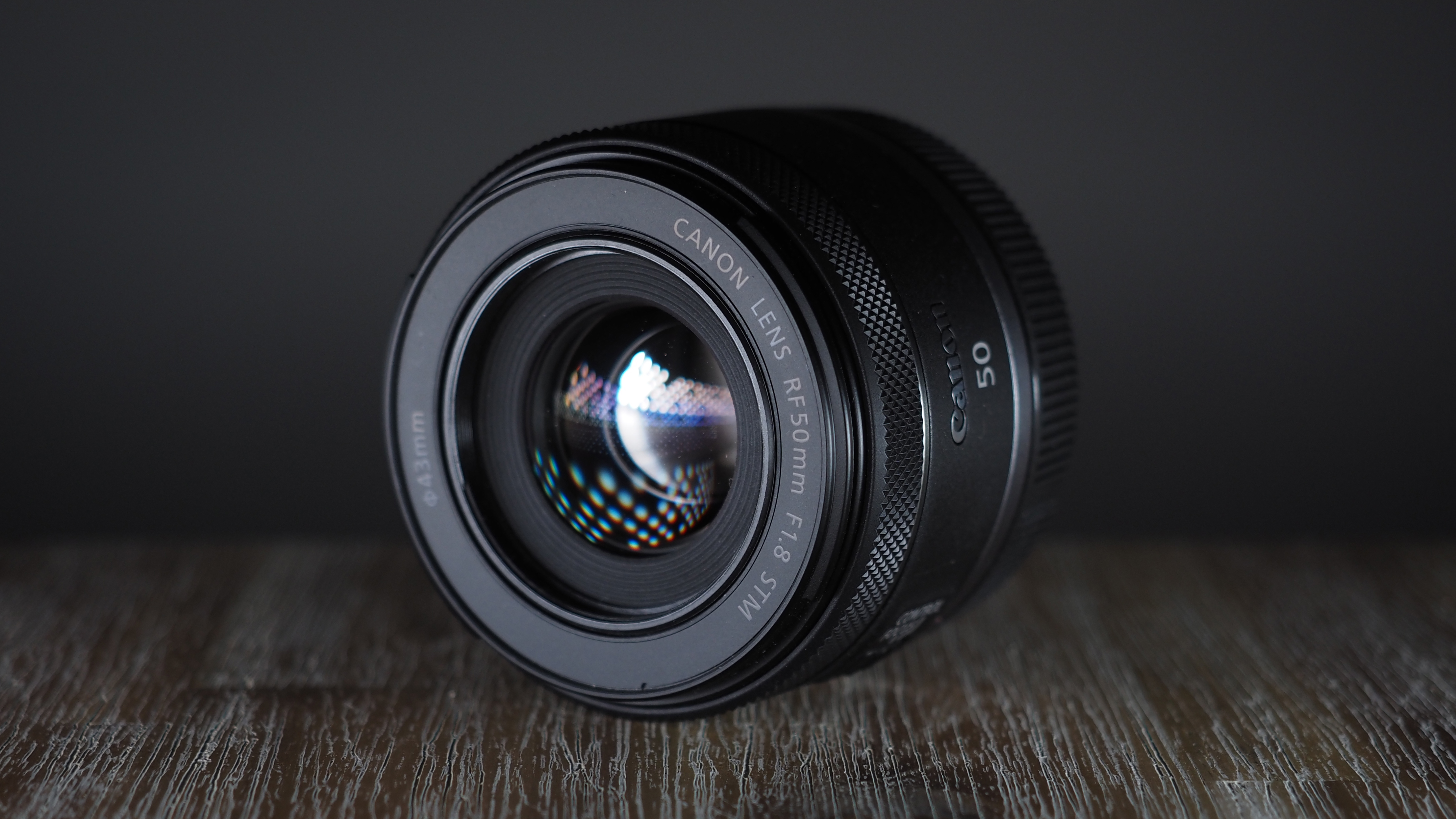
Specifications
Reasons to buy
Reasons to avoid
Prime lenses offer superior image quality and faster apertures than zoom lenses, making them the obvious choice when you're looking to elevate your game. Not only is the RF 50mm f/1.8 a fantastic lens, it's also an absolute bargain – making it a great "next lens" to buy and use alongside your zoom.
However, it's more than just good value for money; this is a great light telephoto lens. Its equivalent 80mm focal length is perfect for portraiture, coupled with a fast f/1.8 aperture that both melts backgrounds into a buttery mess and enables you to shoot even in challenging light.
And despite being a full-frame optic, it's small and light enough to go anywhere – with fast and accurate autofocus that's smooth and silent enough to be used for video work. I bought this lens as soon as it went on sale and it's the one most frequently on the front of my camera!
Read more: Canon RF 50mm f/1.8 STM review
Best wide-angle prime for the R100
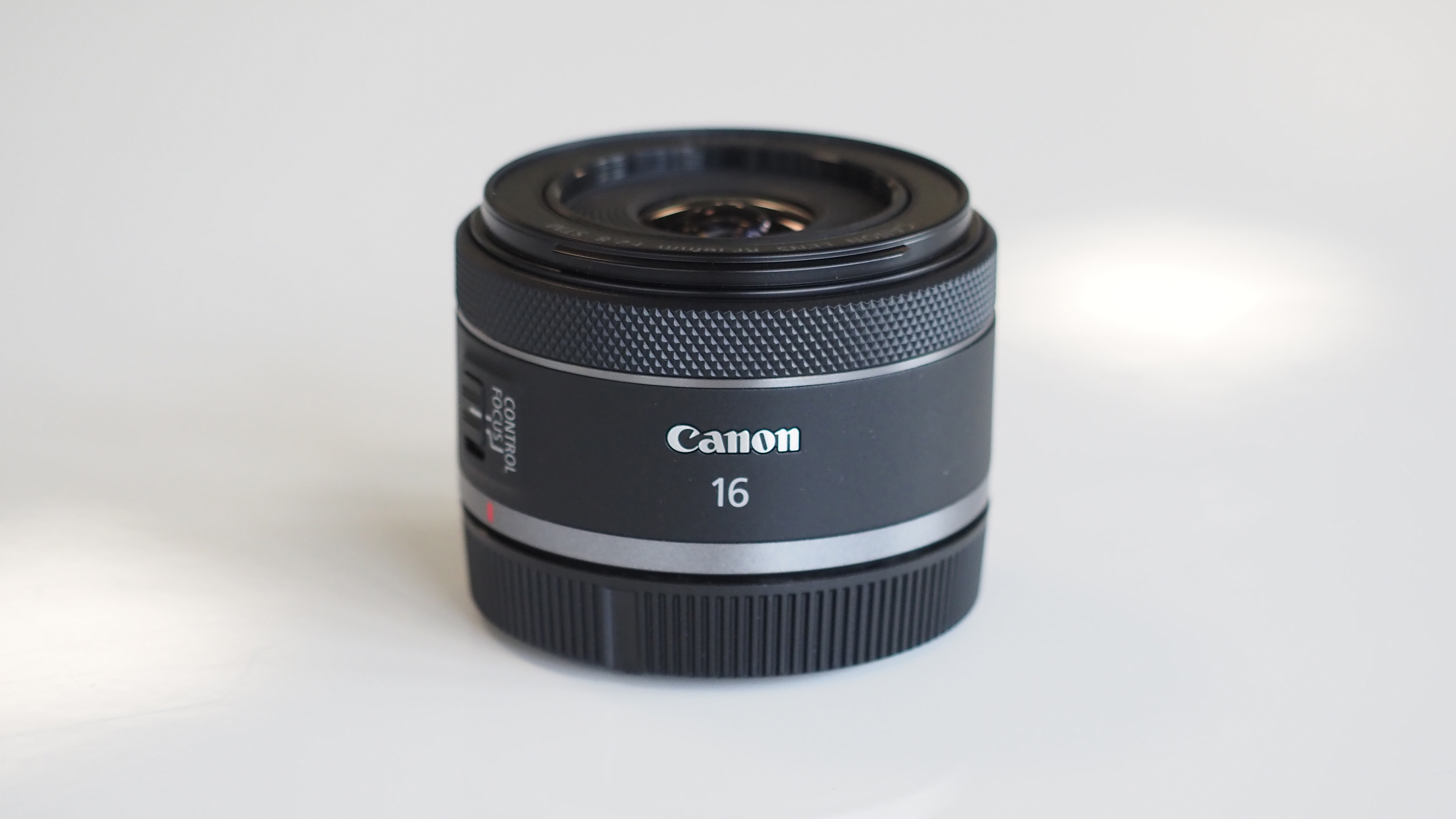
Specifications
Reasons to buy
Reasons to avoid
If you want to go wide on the EOS R100, you have two choices: the RF-S 10-18mm f/4.5-6.3 (above) or the RF 16mm f/2.8. The advantage of the zoom lens is the wider field of view (equivalent to 16-28.8mm) and, well, the zoom range, but the downside is the slow aperture that limits what you can do in low light.
As a prime lens, what the RF 16mm f/2.8 gives you is superior image quality and a faster aperture – although obviously it doesn't zoom, instead offering an equivalent 25.6mm focal length. However, that might be a superior combination for some shooters.
It's just about wide enough for vlogging, for example, and is pretty useful for general videography. It's also wide enough for plenty of landscape work, and is fast enough to be used for astrophotography, too. It works well for street photography and reportage, and if you shoot events or group shots indoors then you'll really appreciate the faster aperture.
It's also compact and well-built, and has a minimum focusing distance of just 0.13m – so you can get really close to your subjects and exaggerate perspectives. For wide-angle work where speed is important, this is the lens for you.
Read more: Canon RF 16mm f/2.8 STM review
Best standard prime for the R100
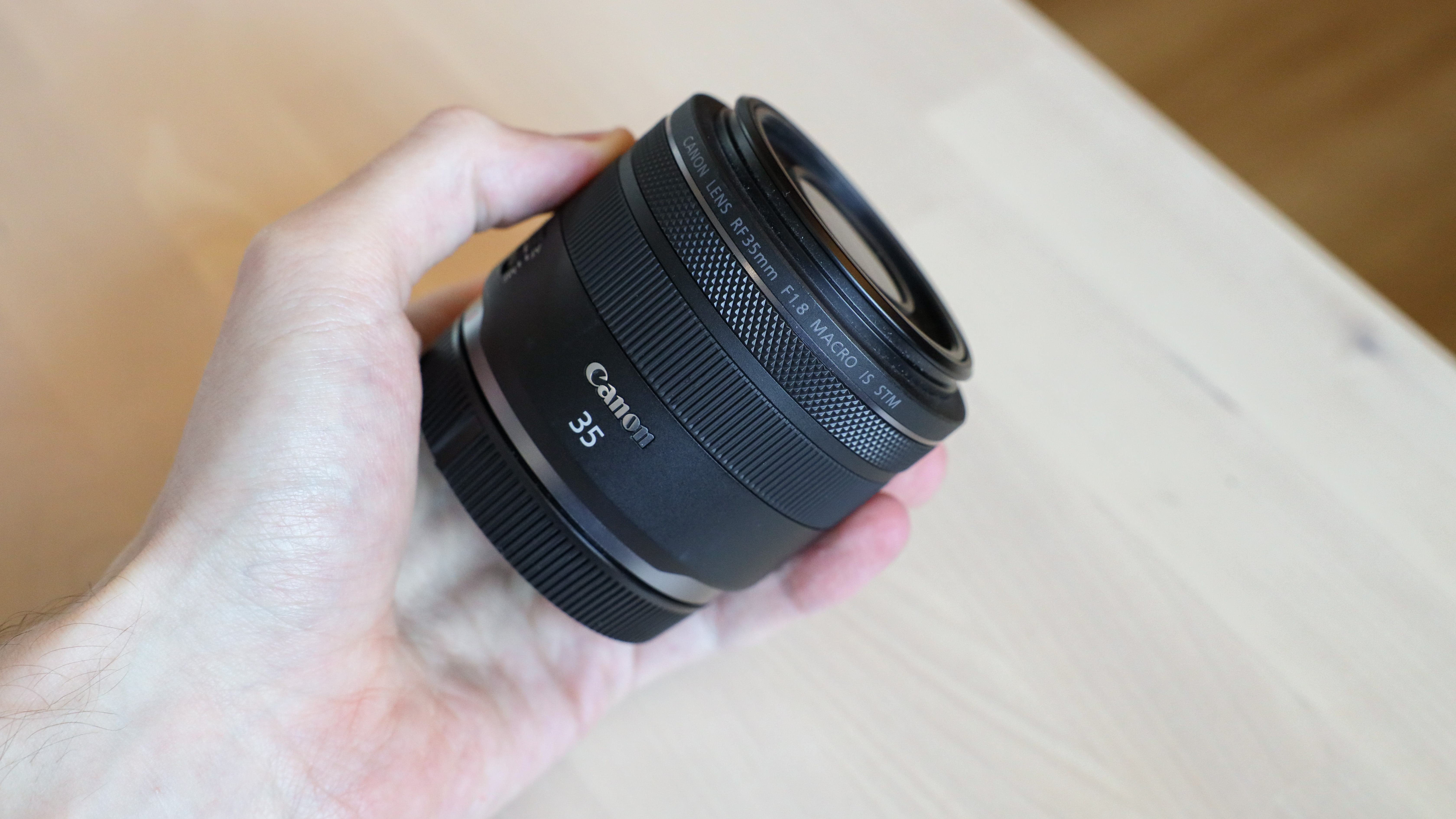
Specifications
Reasons to buy
Reasons to avoid
This was the very first RF lens I bought! And for good reason, as it's a very fully featured optic. Best of all for EOS R100 users, while it's a 35mm lens, the 1.6x crop factor means it is effectively a 56mm here – becoming the "nifty fifty" that, if you listen to camera nuts like me, is a lens that everybody should own!
That's because this "standard" focal length has a similar perspective to the human eye, making it the go-to lens for naturalistic photography – everything from everyday shooting to travel photography, documentary or videography work, and even portraiture (when shooting subjects half-length – for headshots, you'll want to look at the lens below).
The fast f/1.8 aperture firstly enables you to gather more available light, and so work in challenging illumination, and secondly makes it easier to achieve a shallow depth of field – so you can blur the background and create subject separation. Other things I love about this lens are that it has built-in image stabilization, but perhaps its coolest party trick is that it can shoot 1:2 macro images – giving you 0.5x magnification (albeit not full 1:1 macro) to get great, detailed close-up shots.
It's a bit chunky on the R100, but this is simply one of the most useful lenses you will ever own!
Read more: Canon RF 35mm f/1.8 Macro IS STM review
Lab data and comparisons
The graphs below show the comparative performance of the lenses in this guide, based on our in-house lab tests. Levels of sharpness are generally very good, although the RF-S 55-210mm is little less impressive. The RF-S 18-45mm doesn’t perform so well for color fringing and distortion, while the RF-S 10-18mm and RF 16mm are the worst for barrel distortion, but these issues are taken care of by automatic in-camera correction, as with many lenses designed for mirrorless cameras.
Scores for sharpness and color fringing are averaged from data taken across the entire image frame, from the center to the edges and corners, throughout the aperture range. For zoom lenses, the scores are also averaged from data measured at all marked focal lengths, and the same applies to distortion. Bear in mind that these average values don't fully reflect specific areas of performance. For example, a zoom lens might have noticeable barrel and pincushion distortion at its shortest and longest focal lengths respectively, which tends to average out when looking at the data overall. For more detailed graphs of each lens's performance, which give the full picture, check out the graphs in our full standalone lens reviews.
How to choose the best lens for the Canon EOS R100
Do all Canon lenses fit the EOS R100?
The R100 uses the Canon RF mount, which can accept both RF (full-frame) and RF-S (APS-C) mirrorless lenses. In addition, it can also accept Canon's older DSLR lenses – both EF (again, full-frame) and EF-S (APS-C) – using the separate Canon Mount Adapter EF-EOS R.
However, the Canon EOS R100 cannot use lenses from Canon's now-discontinued EOS M mirrorless system (as it is not physically possible to mount EF-M lenses).
How do I know which lens to get for my R100?
With all the numbers and decimal points and crop factors, choosing a lens can be a bit mystifying! The key is to identify what you want to photograph, then choose an appropriate focal length. For example, to shoot landscapes you will need a wide-angle lens, while for sports and wildlife you will need a telephoto.
You can watch my video that explains focal length: it helps you work out what kind of lenses you need for different genres of photography.
Bear in mind that the R100 is a small, light camera, so it’s best paired with lenses that share those attributes. We’ve taken this into account with our selection above.
How we test lenses
My colleagues in our testing lab run a range of tests under controlled conditions, using the Imatest Master testing suite. Photos of test charts are taken across the range of apertures and zooms (where available), then analyzed for sharpness, distortion and chromatic aberrations.
We use Imatest SFR (spatial frequency response) charts and analysis software to plot lens resolution at the centre of the image frame, corners and mid-point distances, across the range of aperture settings and, with zoom lenses, at four different focal lengths.
There's more to it than just the technical side, though! Beyond the lab, I test lenses in real-world environments – and sometimes on my professional shoots! I work with lenses both indoors and outdoors, in studio conditions and in natural light, with as many different subjects as is possible (or appropriate – there's no point testing a landscape lens' ability to shoot a portrait!).
I take into account everything from handling and ease of use to speed of autofocus and the overall quality of the images produced.
Find out more about how we test and review on Digital Camera World
Get the Digital Camera World Newsletter
The best camera deals, reviews, product advice, and unmissable photography news, direct to your inbox!

James has 22 years experience as a journalist, serving as editor of Digital Camera World for 6 of them. He started working in the photography industry in 2014, product testing and shooting ad campaigns for Olympus, as well as clients like Aston Martin Racing, Elinchrom and L'Oréal. An Olympus / OM System, Canon and Hasselblad shooter, he has a wealth of knowledge on cameras of all makes – and he loves instant cameras, too.
